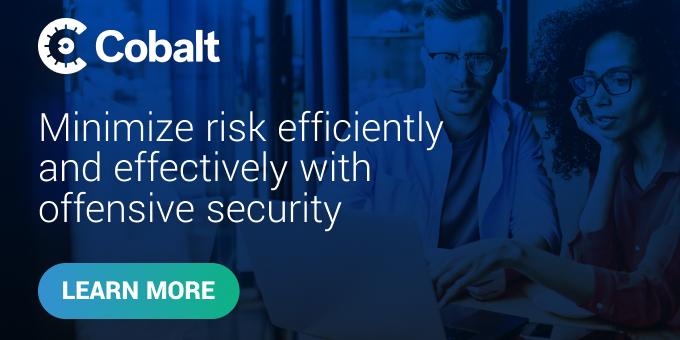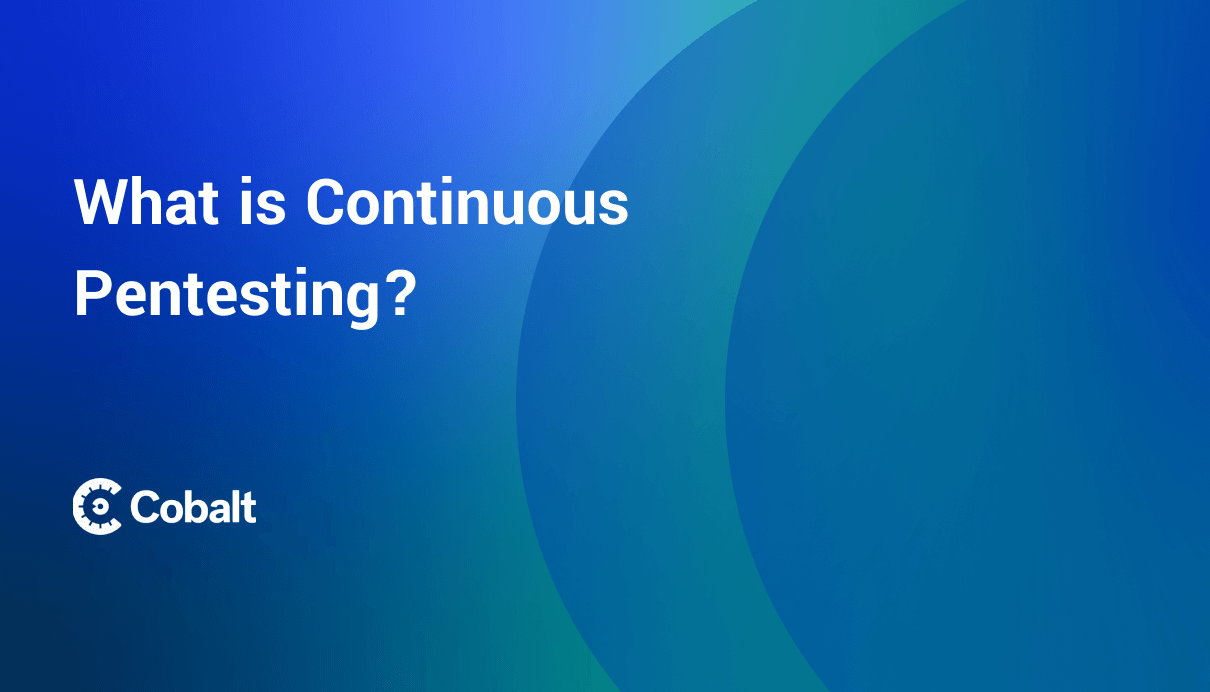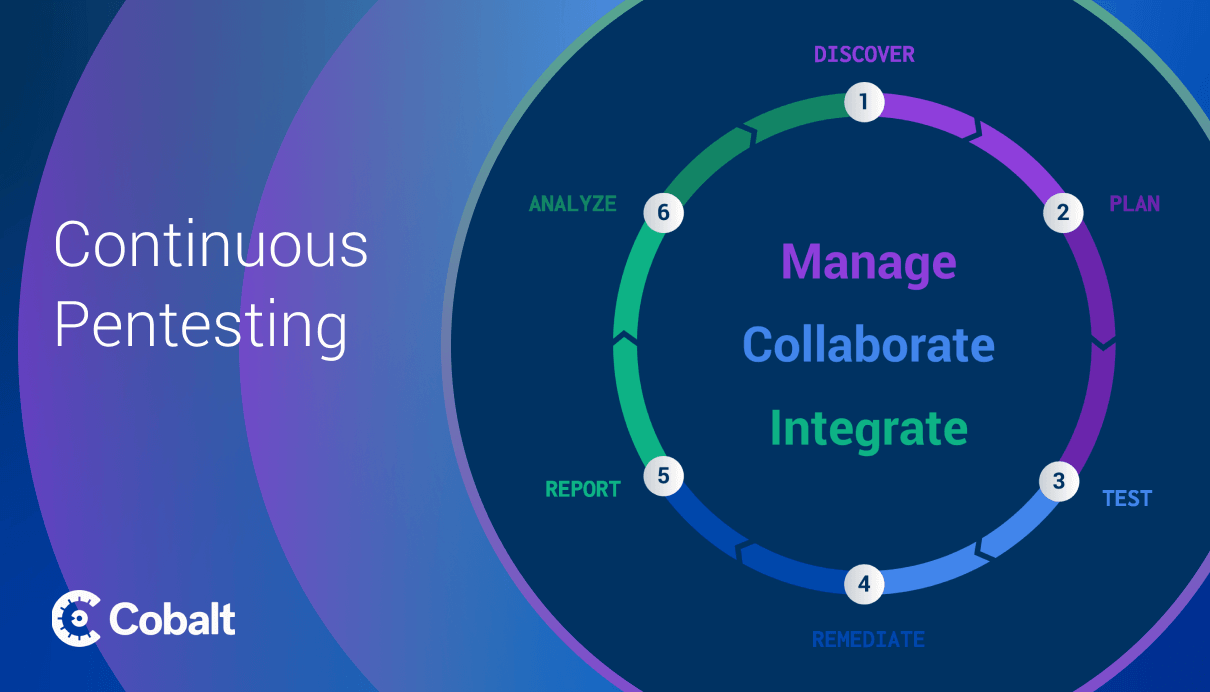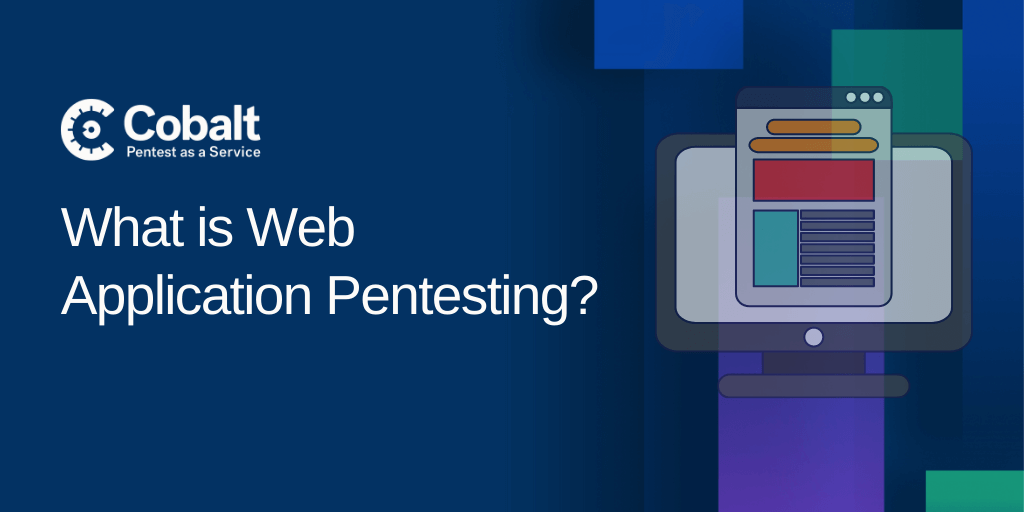Pentest as a Service (PTaaS) brings together the human ingenuity of pentesting with the efficiency of a SaaS product.
Anyone who has used pentesting services in the past knows how difficult and time-intensive they can be. With a Pentest as a Service model, customers can rest assured that the process offers a plethora of benefits such as a more friendly user experience, faster time to testing, and lower costs.
With improvements to the value proposition generated with a PTaaS model, this should be on the radar of every cybersecurity practitioner. Whether you’re a CISO or working on the edges of security as a developer or business operator, anyone involved in executing a pentest will benefit from understanding this innovative approach to testing.
Key Benefits of PTaaS
1. Expansive Testing Surfaces
The PTaaS model offers a more robust set of services than most pentesting consultancies offer. The value here derives from a more diverse set of pentesters who can, therefore, specialize in a wider set of testing specialties.
For example, an expert in application security may not be well versed in network security. This problem doesn’t come up for businesses using a PTaaS model, as they have access to an entire community of cybersecurity experts. So, the best testers for your particular technology stack conduct the test to meet the precise needs of each unique business.
2. Speed of Delivery
While using a modern approach to pentesting with a Pentest as a Service (PTaaS) platform, customers can expect their test to start faster than a traditional system would allow.
With legacy testing models, logistics often delay the start of testing for weeks to months. This slow process to start testing ripples across organizations impacting all operations dependent upon that system’s test. PTaaS models solve this by empowering customers to start their tests in as little as 24 hours.
This speed of delivery can be critical as more organizations shift to a DevSecOps approach for their development lifecycles. With a PTaaS platform, businesses quickly schedule their testing needs and allow for the pentesters to essentially be a part of the team.
3. Collaboration
Another exciting aspect of a Pentest as a Service platform comes from the collaborative element. When starting a pentest, customers connect directly to their team of testers via a dedicated Slack channel and comment features available inside the PTaaS platform — similar to comments in an issue management tool such as Jira.
Since the testers connect directly to customers, this accelerates some of the bureaucratic processes to send or receive information from the company conducting the test, allowing for more thorough testing.
To clarify, while some back and forth will always exist between pentesters and the businesses they test for, a PTaaS platform brings business intelligence together in one centralized place. Furthermore, this open collaboration empowers operators to stay up to date with their testing in real time.
4. Integrated Results
Smart businesses already utilizing a PTaaS platform understand the time savings integrations offer their team. With integrations with developer toolsets such as Jira or GitHub, engineers will be delighted to see that newly discovered vulnerabilities do not require manual input to their developer toolsets. Instead, these findings are available to feed directly into their workflows with a few clicks.
Businesses can also access an API to automatically feed their pentest data into the platform of their choice. Allowing for a more seamless testing process ranging from the actual pentest to the analysis of results and findings to how the vulnerabilities slipped past other internal checks. Through API access, businesses can automate core parts of the old manual reporting process associated with a pentest report delivered in a PDF format.
5. Free Retesting
One of the most popular benefits specific to the Cobalt platform comes from the complimentary retesting.
Companies can rest assured after a vulnerability has been detected and remediated to know that they won’t have to start over with the pentesting process. Instead, simply activate a retest of the remediated asset and let the expert testers do their magic, allowing companies to rest assured the remediation fixed their specific vulnerability properly.
PTaaS Process
With an understanding of the value proposition offered by a PTaaS platform, it’s important to understand the overall testing process as well.
1. Gather Assets
Businesses start by simply organizing the assets for testing to feed into the scoping process. This often occurs with tools such as a Pentest Wizard aimed at making the scoping process faster and easier.
2. Define Scope
With an asset scoping tool, businesses can more quickly outline the scope of their test to focus the pentesters once they begin. With straightforward pricing options, businesses can rest assured that, before the start, the testing costs will be clearly defined.
3. Collaborative Testing Experience
As the test begins, customers can interact directly with their testing teams throughout the process.
The collaborative environment allows for synergy between the customer’s internal team who know the business well and the testers who understand exploiting different vulnerabilities well.
Collaboration leads to more effective testing results.
4. Integrated Reporting
Integrate pentest results with popular SDLC platforms such as Jira and GitHub.
Access your pentest results automatically such as with the Cobalt API to export pentesting findings like never before!
5. Complimentary Re-Testing
One of the most exciting features, after remediation, is access to retesting. While not available on every PtaaS platform, Cobalt proudly offers complimentary retesting of vulnerabilities.
Rest assured that your remediation process properly removed discovered vulnerabilities.
Pentest as a Service FAQ
How does PTaaS differ from traditional pentesting?
With software integrations and more automatic reporting, pentesters within a PTaaS model can focus more of their time on the actual test. Thus, generating more value to the business seeking the pentest by decreasing the amount of time doing manual tasks that are still important, but can be made more efficient with technology.
PTaaS brings speed to an industry that historically has taken anywhere from weeks to months from ideation to start the pentest. With a PTaaS model and a community of highly vetted pentesters, testing can start faster as well. For example, Cobalt’s PTaaS platform offers customers the ability to start a pentest in as little as 24 hours.
This speed to the market allows businesses to opt into a pentesting program or continuous pentesting options to check their systems regularly. Furthermore, integrations allow pentesting findings to be automatically sent to an issue tracking system used by engineers to remediate vulnerabilities.
What’s needed to start a pentest on a PTaaS platform?
To start a pentest on a PTaaS platform, customers need to have a full understanding of the digital assets they want to test and the precise scope of the test. From here, simply submit your assets to the PTaaS platform and navigate the guided process of defining the scope of testing for each asset. Explore how easy it is to start a pentest on a Pentest as a Service platform.
Who does the testing on a PTaaS platform?
A PTaaS platform brings together a community of highly-vetted experts to conduct the testing. This approach brings together the benefits of human ingenuity and the speed offered by automatic workflows while working to alleviate the shortcomings of each approach.









